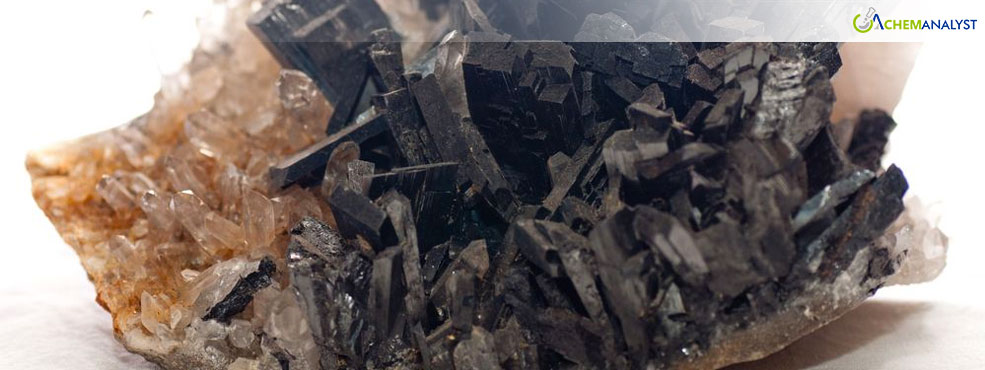Welcome To ChemAnalyst

Tungsten is once again a hot topic due to global supply chain issues and countries wanting to control key resources. June was a big month for the tungsten market, particularly in China, which produces and exports most of the world's supply. A sharp contraction in raw material availability, coinciding with expanding demand across advanced technologies and emerging sectors, ignited a significant price rebound. This combination led to a significant price increase. China's own supply problems, plus its tight export rules, created ripple effects in nearby markets like Vietnam, where prices jumped in June. As we move into the second half of 2025, everyone is watching to see if new production in Asia can help even out the global supply.
China's tungsten market experienced a robust price rebound in June, fueled by a severe contraction in raw material supply and some renewed demand. The tight tungsten concentrate market inflated raw material prices, boosting production costs, shrinking profit margins, and curbing production efforts.
The Chinese tungsten market demonstrated a strong upward trend in June H1, with tungsten concentrate and APT prices setting new records. Diminishing ore grades and limited recycled material quality also played a role. New demand from various sectors (e.g., renewable energy, smart buildings, electronics, low-altitude economy, deep-sea exploration, nuclear fusion) also contributed to the price rise. This expanded demand broadened tungsten's applications and transformed the industry, increasing the value and price of raw tungsten. Prices remained stable in H2 June.
Currently, the market is experiencing heightened tension between supply and demand. As July began, a challenging environment for tungsten concentrate supply meant raw material price concessions were hard to come by, and significant market fluctuations appear unlikely in the near term.
China's tight grip on exports has disproportionately affected Vietnam, leading to supply chain disruptions and sharp price increases since February 2025. Given tungsten's strategic importance to China, its development is subject to extensive policy control, covering industry entry, overall production limits, export prohibitions, and tax policies.
Tungsten prices in Vietnam climbed 10% last month, feeling the squeeze from China's tight grip on exports and surging shipping costs. Beijing's strict concentrate export policies meant a limited few Chinese companies got licenses, drying up supply and hitting manufacturers' wallets. On top of that, moving goods became pricier, with the Intra-Asia Container Index spiking 15% to $813 per 40ft container by June 30, 2025, pushing tungsten costs even higher.
By the end of 2025, new tungsten concentrate output will predominantly originate from Asian projects. South Korea's Sandong mine expects to begin production in late 2025, targeting 2,300 tons of annual tungsten trioxide output (first phase). Kazakhstan's Boguty mine, operational since late 2024, is forecasted to process 3.3 million tons of tungsten ore annually, generating an estimated 5,000 metric tons of concentrate in 2025. Other new mining projects will have little bearing on this new output.
We use cookies to deliver the best possible experience on our website. To learn more, visit our Privacy Policy. By continuing to use this site or by closing this box, you consent to our use of cookies. More info.
